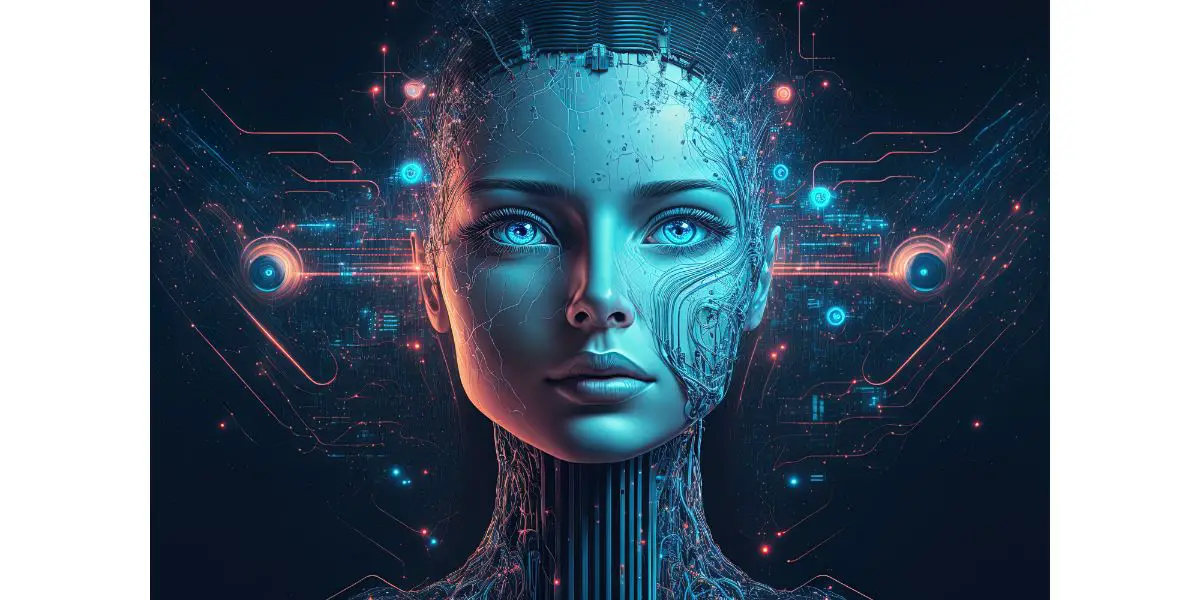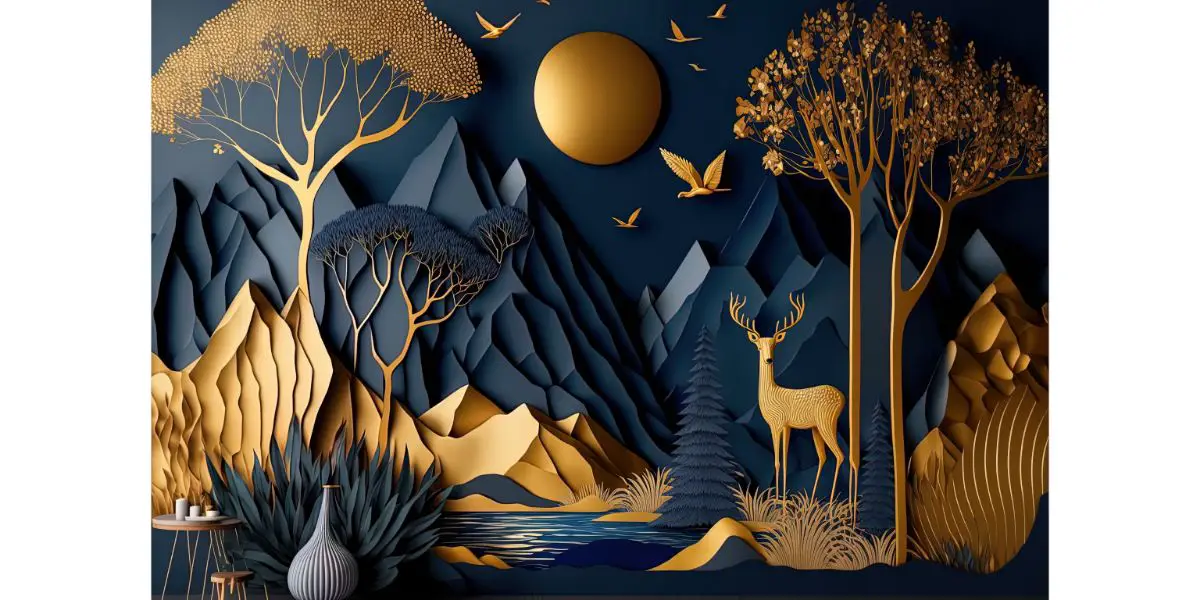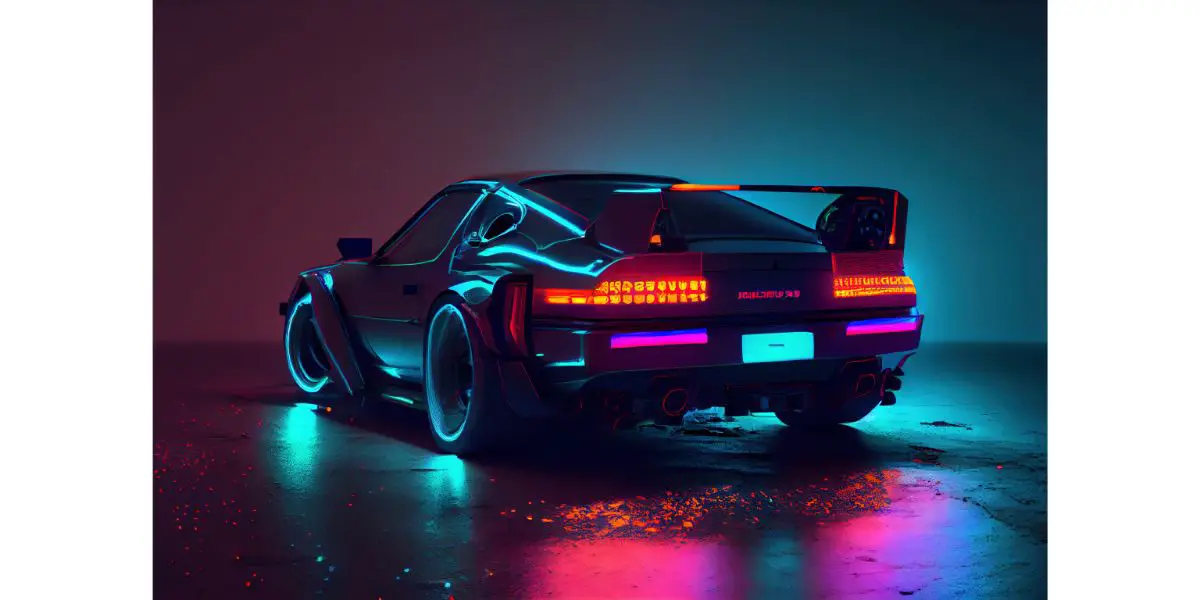Disclaimer: This post may contain affiliate links, meaning we get a small commission if you make a purchase through our links, at no cost to you. For more information, please visit our Disclaimer Page.
AI tools typically scrap millions of images off the web and then use built-in algorithms to produce distinct versions of the same images. As a result, many artists have expressed dissatisfaction with the fast rate at which AI-generated art is gaining momentum.
Table of Contents
What Artists Think About AI Images
Artificial Intelligence (AI) has wide-ranging applications across various fields, and the creative industry is no exception. For instance, magazines and social media profiles feature AI-generated images that appeal to the audience.
Artists in the creative industry worldwide have mixed reactions regarding AI tools. Proponents of artificial intelligence say it’s no different from other image manipulation software like Photoshop. But they also still appreciate that human creativity is vital despite using automated tools for artwork.
However, most artists believe AI tools shouldn’t be used as they pose an imminent threat to human artists.
Some concerns against AI Images include the following:
AI-Generated Art Devalues Human Creativity
AI tools can generate high-quality content at a superfast rate. For instance, if you want to copy an inspiring artistic design, you can accomplish the task in a matter of seconds using AI tools.
Similarly, if you want a logo for an upcoming YouTube channel, a simple manipulation of the AI prompt will yield the desired features within seconds. On the other hand, a human artist will require a week to replicate the same content.
Although the incredible production speed is a plus, most human artists view automated design as a threat to creativity.
Seasoned artists regard art as a creative process involving the translation of an internal feeling into an external, tangible product. A sculpture, an image, or a painting should emphasize the creative process, not the final product.
Thus, they argue that pressing a button or manipulating a set of prompts to generate artistic content in seconds devalues human creativity.
AI Is Likely to Make Human Artists Redundant
Experts say the creative industry has a shortage of skilled artists. Despite the need, an influx of AI tools will likely lure businesses into using the tools to produce high-quality content. Consequently, freelance artists who depend on commissions from various clients will lose revenue since their prospective clients will have automated tools ready to create custom images.
Human artists are concerned that automated design processes could replace them if clients resort to AI design. As a result, upcoming and seasoned artists will lose an opportunity to earn from their talents.
AI Art is Plagued With Copyright Infringement Concerns
The primary debate against artificial intelligence in artwork revolves around copyright.
AI-generated images result from automated algorithms that mine previously published artwork from the internet. In addition, AI developers charge a subscription fee for their customers, hence earning revenue.
Users of the AI art tools can also monetize the same content, although it’s developed from existing artwork.
Conversely, the actual image authors don’t receive credit or monetary compensation for their work. Artists, therefore, believe that AI-generated images contain copyrighted content.
Although copyright infringement is a thorny issue, legal experts believe it is impossible to institute legal action against perceived perpetrators for many reasons.
First, if you wish to sue for copyright infringement, you’ll need to prove the AI output used a significant portion of your artwork without your consent.
In addition, there are no legal safeguards protecting artists against scraping their original artwork to train AI tools.
AI Can Generate Unlawful Content
Artists believe that the AI creativity niche is not subject to regulation and hence prone to user misuse. Without appropriate legislation, the rapid development of technology can create tools that can synthesize and replicate inappropriate content. Such images include sexually suggestive or pornographic images.
An example of abuse by AI tools may arise when an individual uses the AI tool to stick an unsuspecting individual’s head to a nude photo.
Do AI Tools Produce Quality Content?
Artistic creativity has been a preserve of natural human ability for many years. However, if the current trends are anything to go by, AI tools may soon replace the long-standing human dominance in creative design.
In September 2022, Colorado, US, held its annual art competitions, attracting participants in the usual categories of sculpture, painting, and quilting. While some participants showcased the traditional paintbrush models, others registered AI-generated artwork.
One such participant, Jason Allen, presented an AI-generated image dubbed Theatre D’opera Spatial. Incredibly, his presentation emerged tops, earning him the blue ribbon award for upcoming digital artists. Additionally, Allen became one of the pioneer winners of the coveted digital award.
Allen’s victory in last year’s art competition affirms the possibility of creating a photorealistic image using AI art. The best aspect of AI art is that you don’t need technical or artistic prowess to produce a quality image. You feed a text input into the automated art generator and sit back to retrieve the final output.
Can AI Tools Replace Human Artists?
Artificial Intelligence (AI) may have brought remarkable improvements in creative design, but it also has limitations. For this reason, AI tools can’t replace human artists completely.
Below are some reasons human artists are here to stay:
AI Image Generators Have Limited Creativity
Artificial intelligence relies on preexisting content to generate an image. For this reason, AI tools can’t imagine a scenario or develop an idea from scratch.
While AI tools can easily display words, they may sometimes be gibberish to the readers if not edited. Similarly, AI tools often display distorted images when showing human hands in the artwork.
Authenticity is one of the most significant concerns of human artists against AI-generated content. Since artificial intelligence borrows inspiration from preexisting work, the finished work can’t be completely authentic.
AI Images Are Purely Digital
A significant challenge of artificial intelligence in creative design is the inability to use solvent paints, pastels, or oils.
The images are purely digital, with no room for conventional color blending. If you want to customize your colors, you can only prompt the algorithms to replicate an existing image.
AI-Generated Art Makes it Difficult to Maintain Integrity
Artists have a more significant task of maintaining the integrity of every work in progress. For this reason, many artists prefer working indoors to preserve the integrity of the product before its completion.
However, when using AI tools, maintaining the integrity of your artwork may be challenging. First, you’ll use machine algorithms and neural networks that can’t discern the natural environment.
Additionally, most AI-generated images are meant for mass production and will eventually circulate to a broader audience online.
Using AI Tools Requires Various Skills Set
Artificial intelligence boasts a reputation for accomplishing most design tasks with a simple prompt. Despite that, you require substantial knowledge and skills to manipulate the tools.
For instance, if the AI prompt doesn’t create your desired image, you should clearly understand the next step.
What’s the Future of AI and Human Artists?
One of the realities that human artists currently face is the uncertain future of the creative design sector.
On the one hand, AI seems well-placed to outwit human creativity, while on the other hand, human creativity seems unchangeable.
That said, what’s the future of human artists and AI?.
AI Is an Invaluable Tool
Experts believe Artificial Intelligence will be a sought-after tool rather than a replacement for human creativity. Thus, AI may be an invaluable tool for you going forward if you’re an artist.
For instance, before you begin your work, you may use the tool to generate multiple images, which you can improve to create high-quality products.
AI Is an Augment Tool
Experts advise artists to embrace AI and not view it as a threat. Thus, automated design can augment creative design and be a unique guide for ideas.
And what’s more, with the fast pace of the development of AI tools, it only pays off for human artists to adopt the change. Artists reluctant to learn AI skills may become redundant if they can’t cope with modern trends.
AI Will Increase the Demand for Digital Designers
As AI technology continues advancing, the tools will be easily accessible by more users for the creation of quality art. Combined creativity and AI technology will lead to the development of unique, inspiring artwork.
Similarly, there’ll be a massive demand for design-based tasks, creating more employment opportunities for AI-inspired designers.
The Quality of Artwork Will Improve
Artificial intelligence and creative design are different artistic concepts, each with unique capabilities. While AI builds on the rapid iteration of preexisting images, the innovative design boasts the natural ability to create an idea and mold it to completion.
A combination of AI and human creativity will lead to the development of high-quality artistic models, especially where artists require a specific output for a commissioned artwork.
Final Thoughts
Automated image generators have earned praise from most users since they produce quality art at affordable prices and within seconds. On the other hand, for artists, artificial intelligence in art comes with glaring concerns such as devalued creativity, copyright infringement, and job redundancy.



